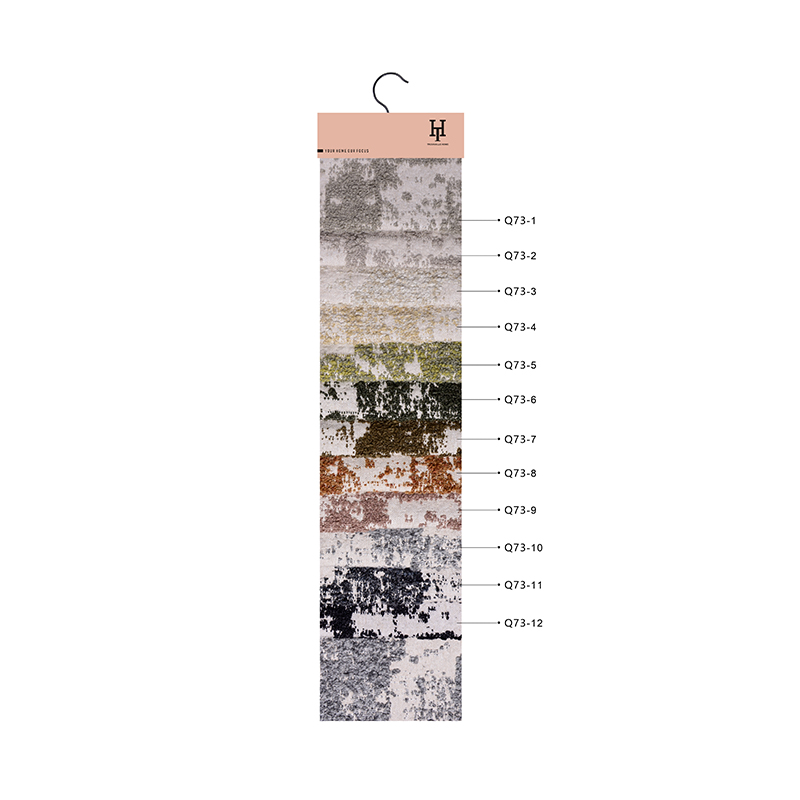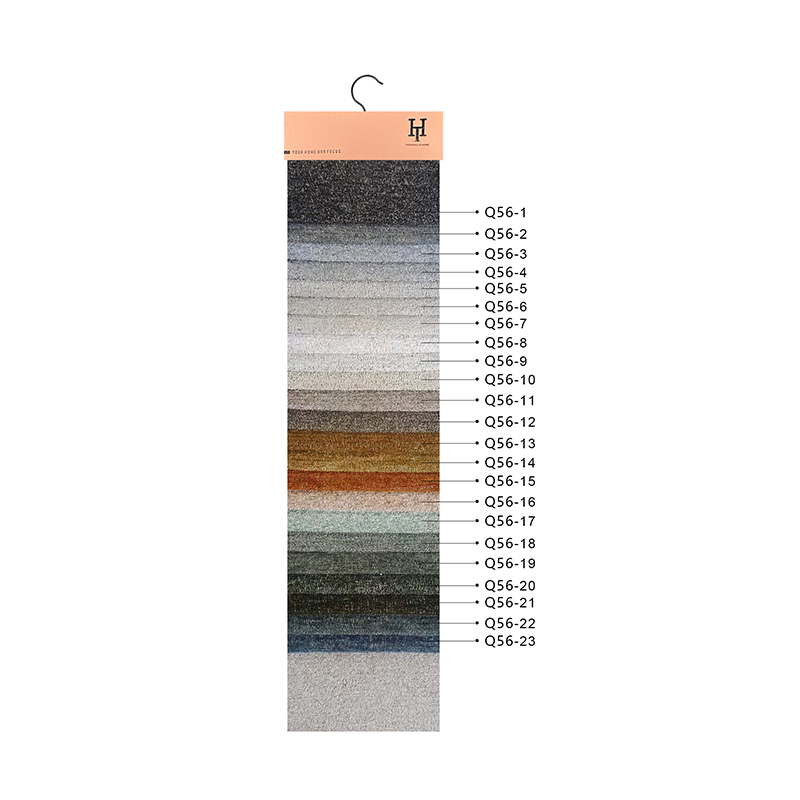Linen Home Decor Fabric
Linen is a natural fiber commonly used to create noble, lightweight and breathable home furnishing fabrics. Now I will give a detailed introduction to linen home decoration fabrics:
1. Source and characteristics of flax:
Flax is the fiber of the flax plant, and these fibers are used to make fabrics. It is a natural fiber derived from the stems of the flax plant. The properties of flax fiber include being highly breathable, highly hygroscopic, lightweight and soft. This makes linen an ideal home furnishing fabric, especially during the warmer seasons.
2. Appearance and texture:
Linen fabrics are known for their crisp, natural look. It usually comes in light brown, light gray, light green, etc., making it easy to integrate into various design styles in home decoration. The surface gloss of linen is low, giving it a soft sheen that does not appear too shiny and gives people a warm and tranquil feeling. The texture of linen fabric is its unique feature. Generally, linen fibers are longer and their fiber structure exhibits an irregular, elongated shape, which gives linen fabrics a unique roughness and natural texture. This natural texture makes linen a unique and organic choice suitable for many home decor projects.
3. Color and dyeing:
Linen fabrics are suitable for various dyeing methods and can show rich colors. Linen itself has a naturally light hue, but it also absorbs dyes well, making a variety of color variations easily achievable. From deep potato tones to fresh baby blues, linen dyes work beautifully.
4. Styles suitable for home decoration:
Linen fabrics are suitable for a variety of home décor styles, from modern to classic, and there are designs to match. Its natural look makes it particularly suitable for those looking for a simple, fresh style decorating scheme. Whether it's a sofa, curtains, or bedding, linen can add a sense of simplicity and warmth to any home space.
5. Applicable seasons and climate:
Linen is a breathable fabric suitable for warmer seasons. It can regulate temperature, making people feel cooler and more comfortable in summer. However, linen can also be used as part of layering during cold seasons, adding warmth to a room.
6. Durability and Maintenance:
Linen fabric excels in terms of durability and, despite being relatively soft, its fibers are strong. However, it should be noted that linen is a natural fiber and is slightly less resistant to wear and tear than some synthetic fibers, such as polyester. Therefore, when choosing linen fabric, it is recommended to use it on furniture or low-traffic areas that are not used frequently to keep it in good condition. Maintenance of linen is relatively simple, but there are some things you need to pay attention to. First, avoid exposing linen to direct sunlight, as prolonged sun exposure can cause the color of the linen to fade. Secondly, avoid using strong detergents and prefer mild detergents to clean stains. Also, choose a gentle cycle when machine washing to avoid damaging the structure of the linen fibers.
7. Environmental protection and sustainability:
Since flax is a natural plant fiber, its production process has relatively little impact on the environment. Flax plants generally do not require large amounts of pesticides and fertilizers, so their cultivation has relatively little impact on the soil. This makes linen a relatively environmentally friendly and sustainable choice.
Linen home furnishing fabrics are popular for their natural, comfortable, breathable properties and unique appearance. In home design, choosing linen can bring a natural and relaxing atmosphere to the space and provide residents with a comfortable living environment.





















